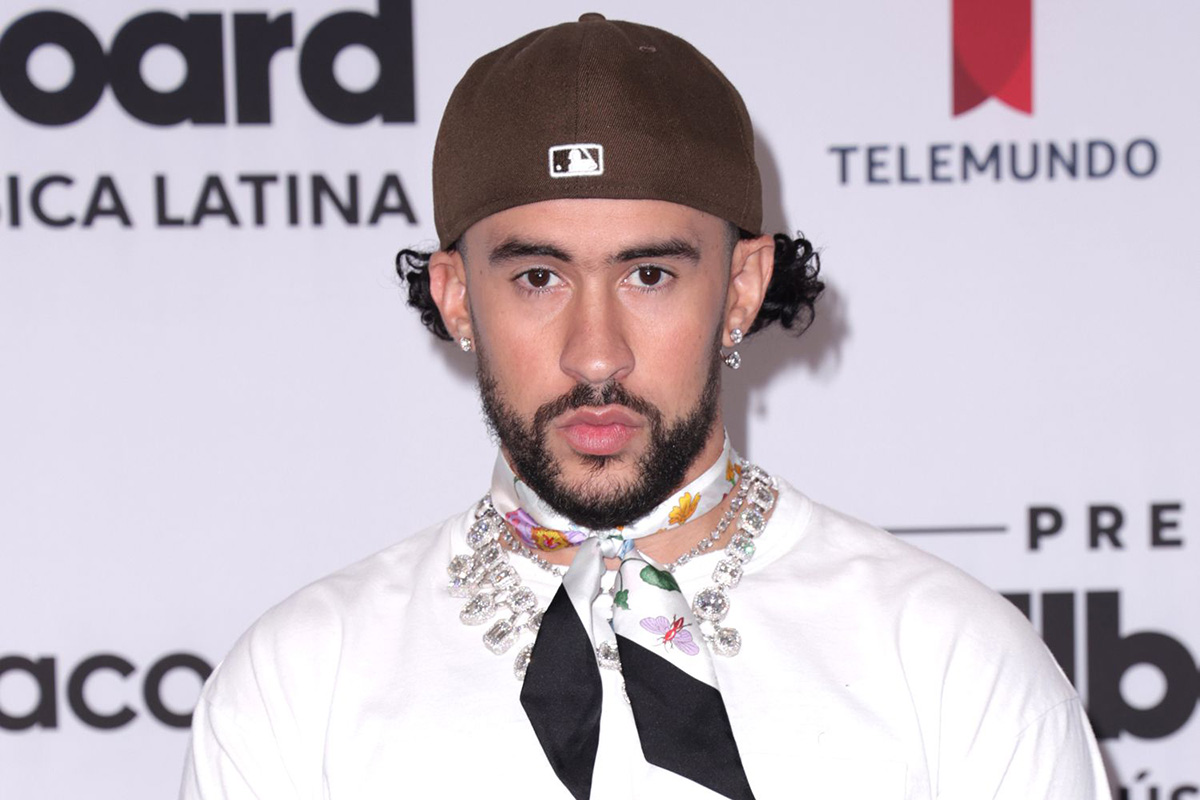With artists like Bad Bunny dominating the charts and U.S. Latinos wielding outsized influence on social media, Spanish language content is undeniably going mainstream in the U.S.
This seismic shift presents major opportunities—and imperatives—for brands seeking to engage today’s consumers. I spoke with cross-cultural communications executive Izadeli ‘Iza’ Montalvo, founder of Olán Media and Cross-Culture Connect, about why developing Spanish content should be an urgent priority right now.
“We’re seeing phenomenons like Bad Bunny breaking cultural barriers. Spanish used to be seen as niche, but it’s becoming universal pop culture,” said Montalvo, also an AI translation leading expert.

According to Montalvo, “the vast majority of U.S. Latinos—75% according to Pew Research—have retained Spanish language proficiency. 85% say it’s important for future generations to speak it too.”
This means brands creating Spanish content can connect with most Latinos in their native tongue. Yet Montalvo cautions that simply translating English copy won’t cut it.
“Use humor, Latino pop culture references, and embrace emotion to make content that resonates and goes viral,” she advised. “Collaborate with native speakers on an authentic tone. Visually engaging, short-form content optimized for the right platforms works best.”
For Latino consumers, seeing their language reflected builds trust and affinity for brands that make the effort to recognize them. Failing to create content that resonates with this influential demographic means missing out on connecting with a key consumer group.
Even for bilingual Latino consumers in the U.S. who toggle between both languages, providing content in both English and Spanish shows brands understand and cater to their media habits.

Montalvo continued: “It also establishes loyalty with younger, bilingual Latinos consuming both English and Spanish media. And it positions you for expansion into South America’s 210 million Spanish speakers.”
However, it is important to note that AI translation tools are not perfect, and they should not be used to replace human translators altogether. Human translators are still essential for ensuring the accuracy, cultural sensitivity, and effectiveness of translated content.
“While AI translation tools can help brands create initial translations, human experts are essential for ensuring the accuracy, cultural sensitivity, and effectiveness of the final product,” says Montalvo. “Brands who are combining human expertise with AI technology are the ones who are truly leading the way in reaching and connecting with multicultural and diverse audiences.”
To reach and connect with a rapidly growing and influential audience, brands should develop Spanish content that is authentic, culturally relevant, and engaging.
Social media has become a centerpiece of the U.S. Latino experience, with studies showing 77% using platforms like YouTube, Facebook and Instagram at high rates driven by desires to connect with Latino culture and find Spanish language content.
According to Montalvo,”86% of U.S. Latino smartphone users want Spanish and bilingual content. On sites like TikTok, over 75% share content about their Latino heritage.”
She added, “This high engagement converts to influence, with Latinos spending almost 10 hours daily on mobile and being 1.4x more likely to purchase from social channels.”
Montalvo concludes that developing Spanish content should be an urgent priority for all brands, saying: “With the right cultural insight, you can create viral content without advanced language skills.”



